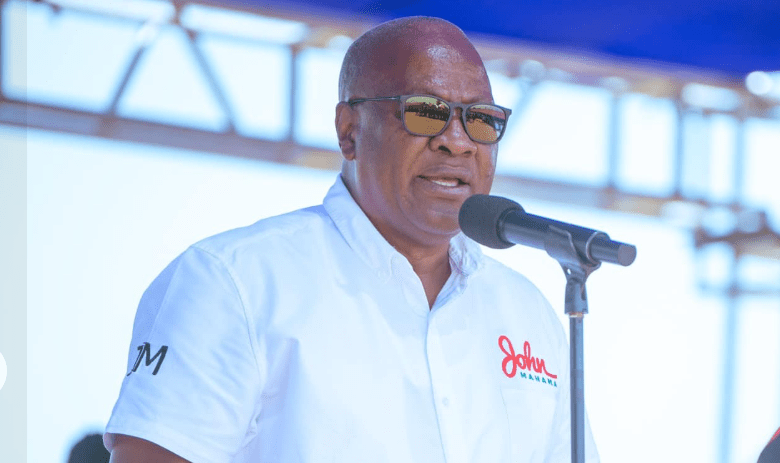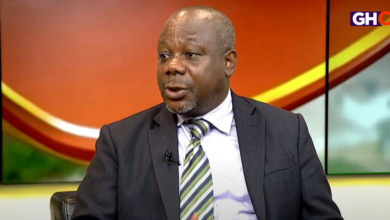You can’t pick and choose which petitions to act on—Pratt to Mahama

Veteran journalist Kwesi Pratt has raised questions about what he describes as inconsistency and possible bias in the President’s approach to handling petitions for the removal of public officers.
Referencing the President’s refusal to act on a petition calling for the removal of the Chief Justice, Pratt asked:
“If the earlier position was that the President had no option but to act as a conveyor belt, why did he choose not to act in the case of the Chief Justice? He said it lacked merit. So which is which?”
He continued, “In the case of Charlotte Osei, we were told the President had no choice but to forward the petition. But in the Chief Justice’s case, he ignored the petition. That suggests bias.”
Pratt delved deep into the language of the Constitution to debunk claims that the President had absolute discretion.
“Some of the President’s actions in this matter actually spring from a constitutional obligation. He has no middle way. These are constitutional injunctions—presidential duties imposed by the Constitution,” he clarified.
He challenged public claims suggesting everything was up to the President’s discretion.
“Yes, the word ‘may’ is used in parts of Article 146, but so is ‘shall’—and ‘shall’ means there’s no room for choice. The President is required to act, not permitted to.”
Kwesi Pratt’s commentary comes at a time when legal minds and civil society have also questioned the selective nature of the presidency’s response to similar matters involving high-ranking judicial officers.





